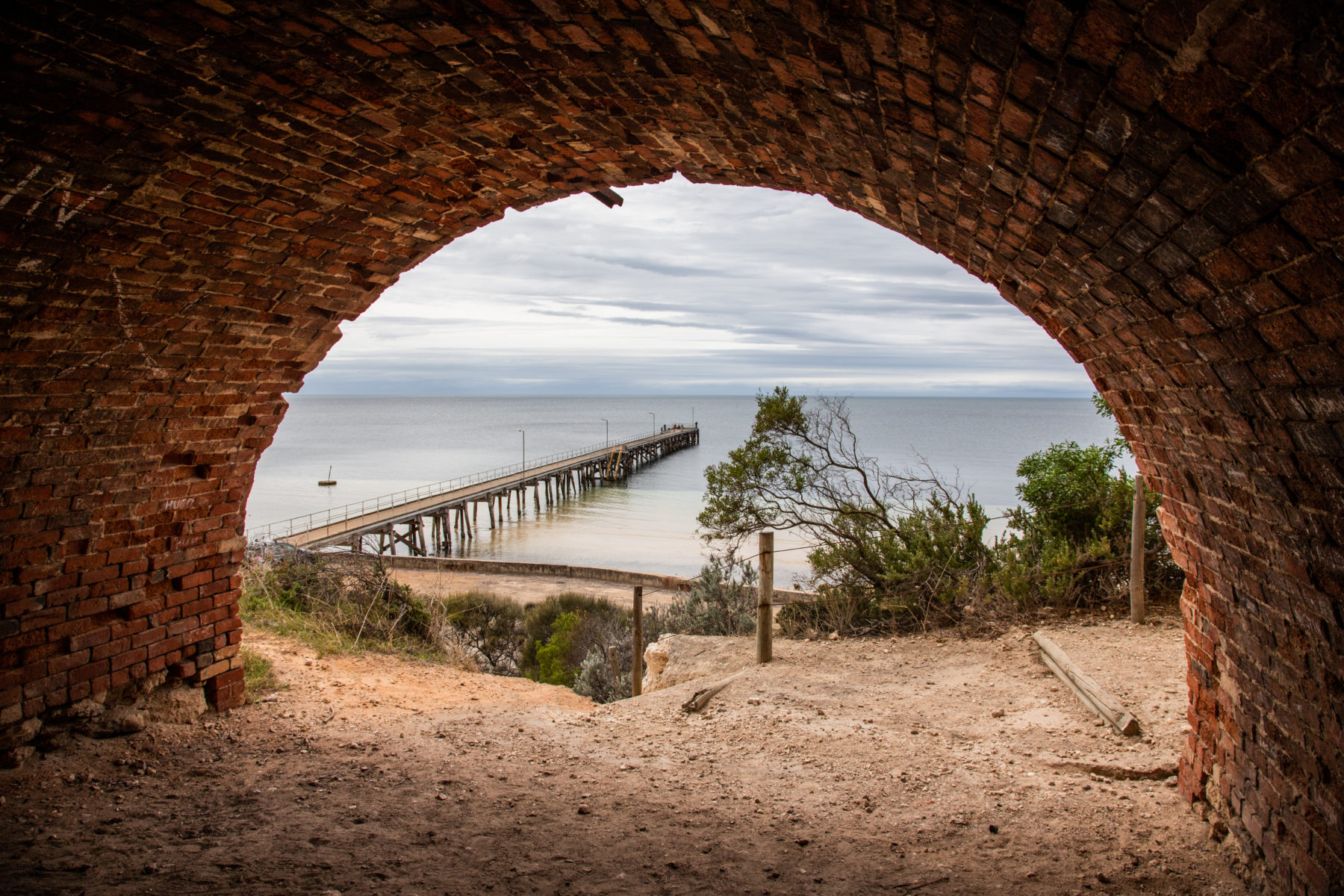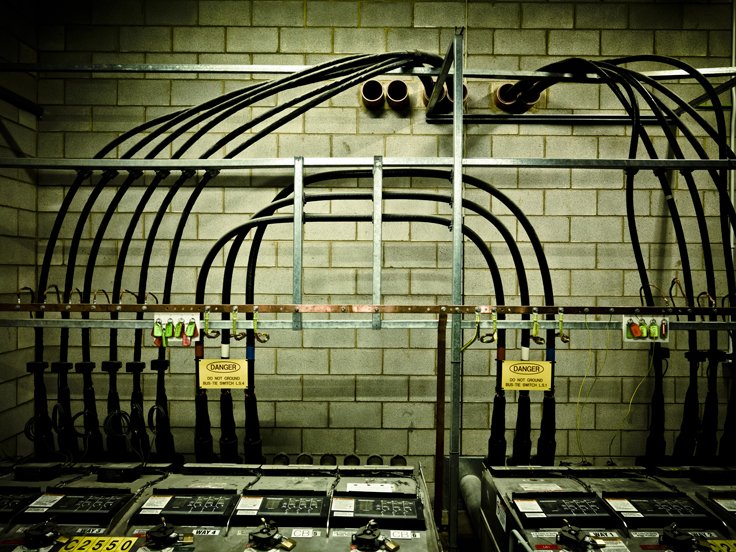Last remaining Wool Bay kiln a reminder of Adelaide’s limestone foundations

Lime, or “quicklime”, is produced by burning limestone, or similarly calcium-rich substances like seashells or coral, in open pits or kilns. In simple terms, the calcium carbonate in the limestone breaks down into calcium oxide and carbon dioxide, and the resulting white powdery residue can be mixed with water and sand to make a strong and enduring type of mortar.
Lime also has applications in other industries, including agriculture. In colonial times, lime kilns and pits sprang up wherever a new settlement was established, and much early lime production came from the burning of seashells. The remnants of past lime-burning activities can be found in many coastal sites around Australia.

The extensive karst geology of the southern Australian coastline provided an abundance of high-quality limestone, which led to lime production on an industrial scale on the Yorke Peninsula. The township of Wool Bay on the east coast was at the heart of the industry, where limestone harvested by farmers clearing rocks and boulders from paddocks was transported to lime kilns for processing. Wool Bay was founded as Pickering in 1876, but a jetty built in the bay below the settlement in 1882 was often referred to as the Wool Bay Jetty by locals, and the name was formally adopted by the town in 1940.
By 1908 the local firm of David Miller & Sons was operating three kilns on the cliff, and in 1910 they opened three more, plus a blacksmith’s forge and other infrastructure.


Photo credits: State Library of South Australia (L), Adam Meyer (R).
According to a report in the Adelaide Advertiser on the opening of the three 1910 kilns, they were state of the art: “Having been in touch with the leading authorities on Flare kilns in America and England, with respect to the newest and most improved methods of producing lime, combined with the firm’s experience of over 20 years, they had decided to erect the Dome kiln type which produced one of the highest grades of lime in the state, to the extent of 70 per cent, being chemically pure, with practically no waste.”
The kilns were each capable of producing 280 bags of high-grade lime per week, which were transported to the jetty along a small tramway before being loaded onto ketches bound for Adelaide. Other commodities such as wool and wheat were also exported from there, and the town became a thriving port. Wool Bay lime was used in the Empire Theatre, the Treasury and the public library in Adelaide, among other fine buildings.
The development of Portland cement in the 1920s overtook the use of lime in construction, leading to the decline of the lime industry and of Wool Bay. By the 1970s most infrastructure from the old lime industry had gone, apart from one substantial brick dome kiln on the cliff, and the jetty below it.


